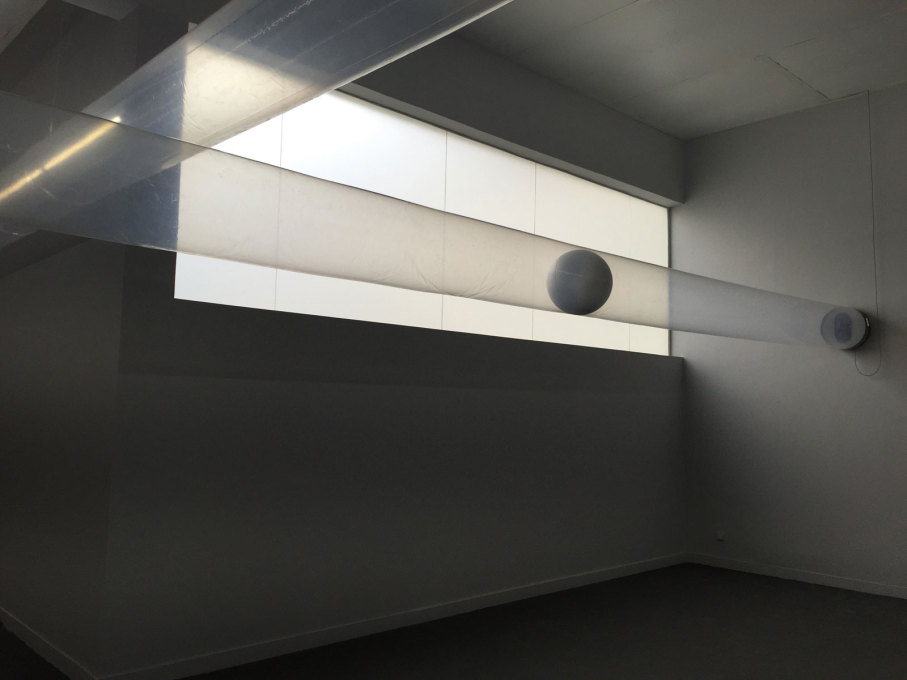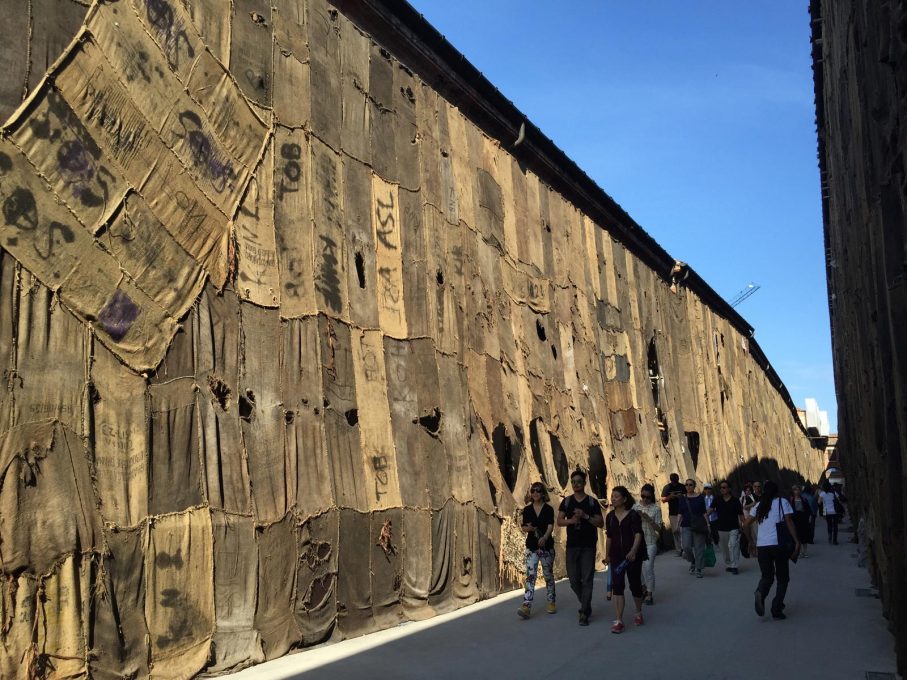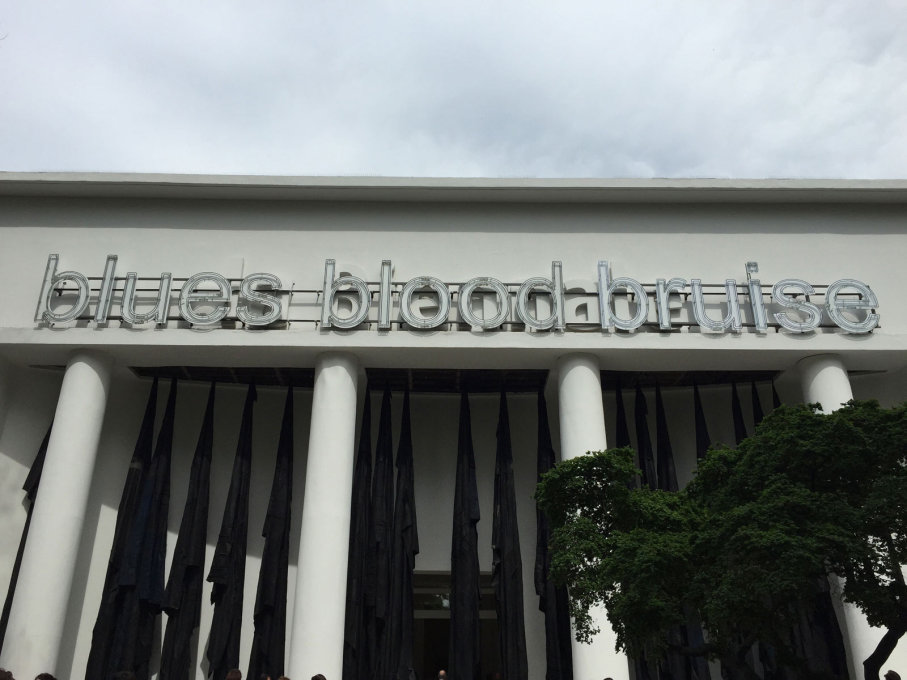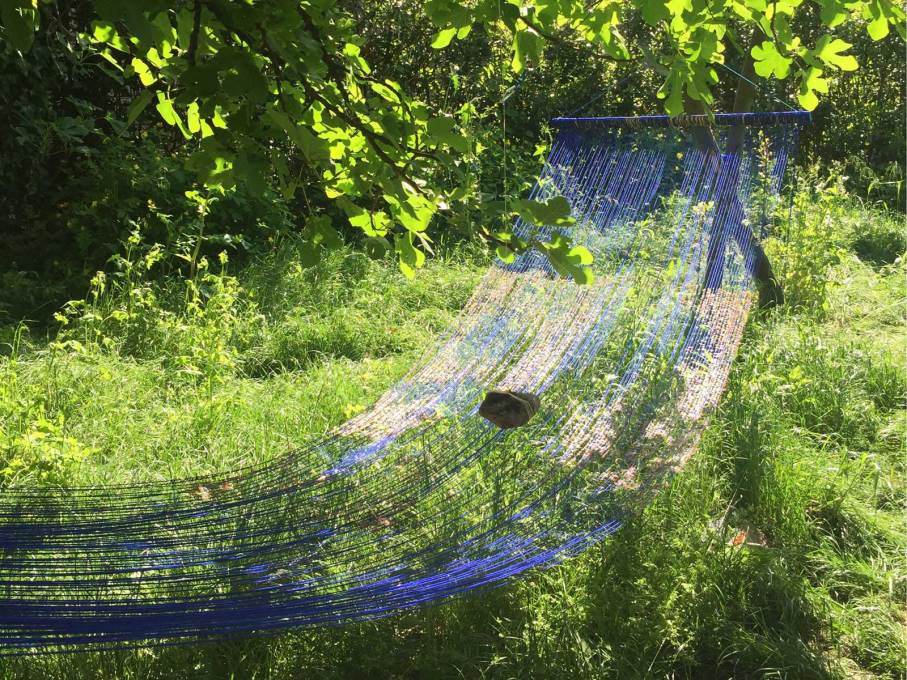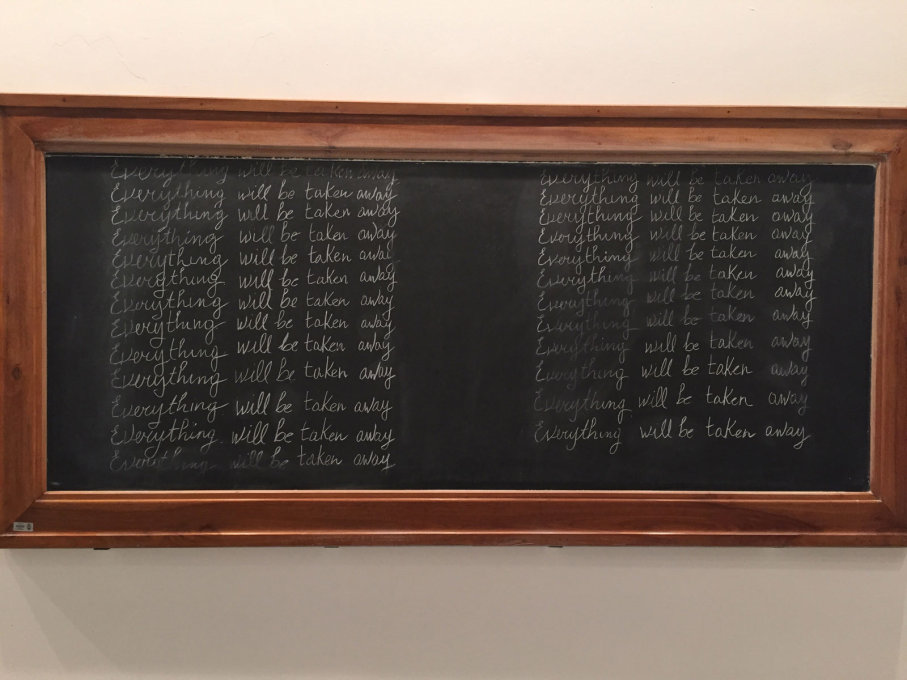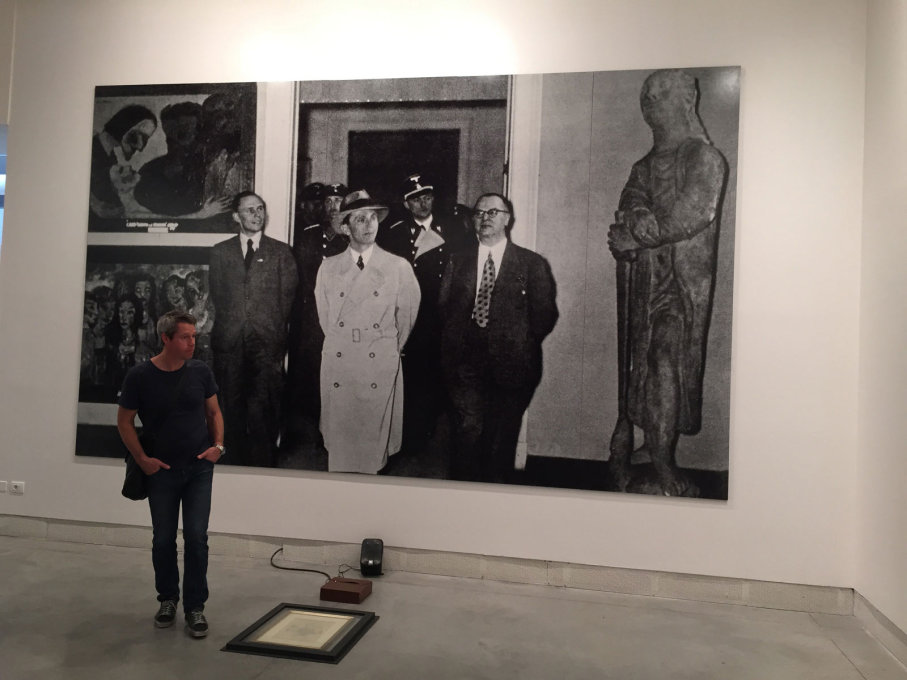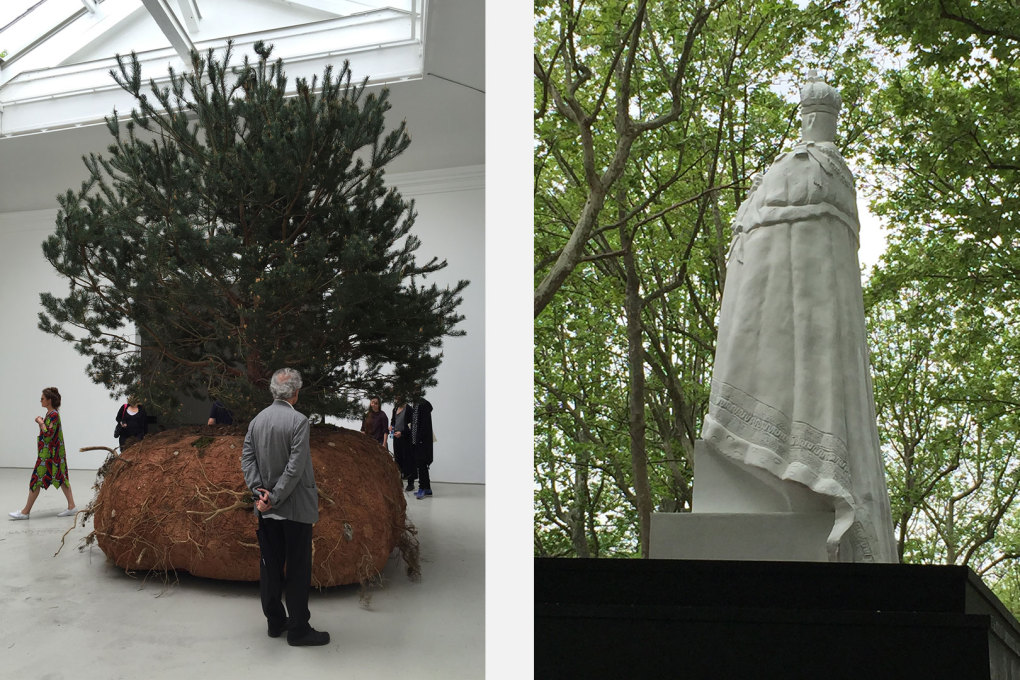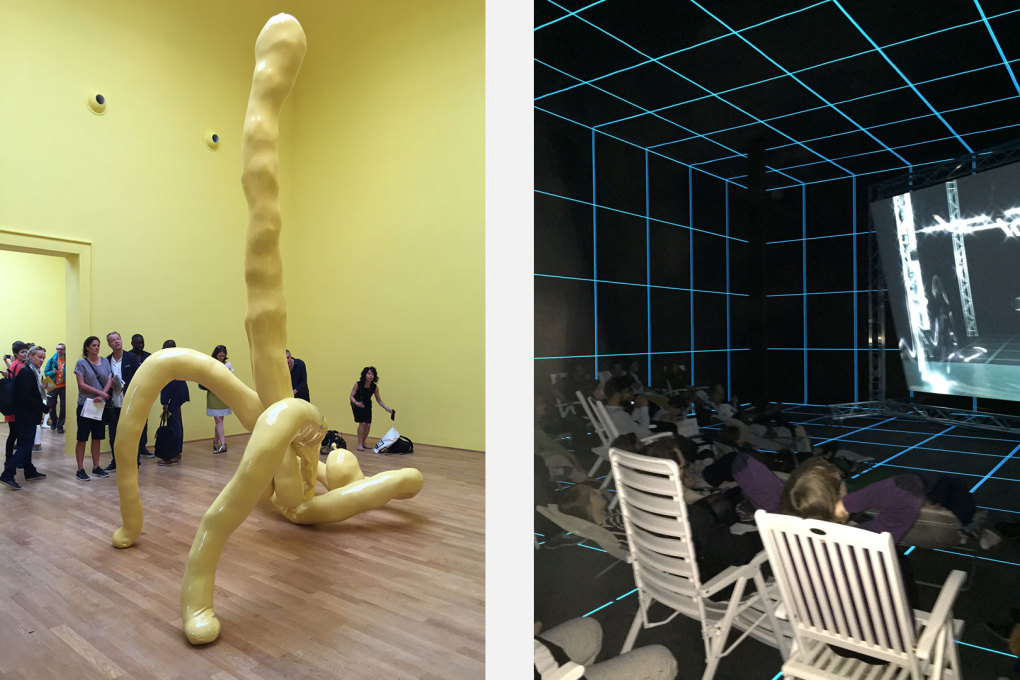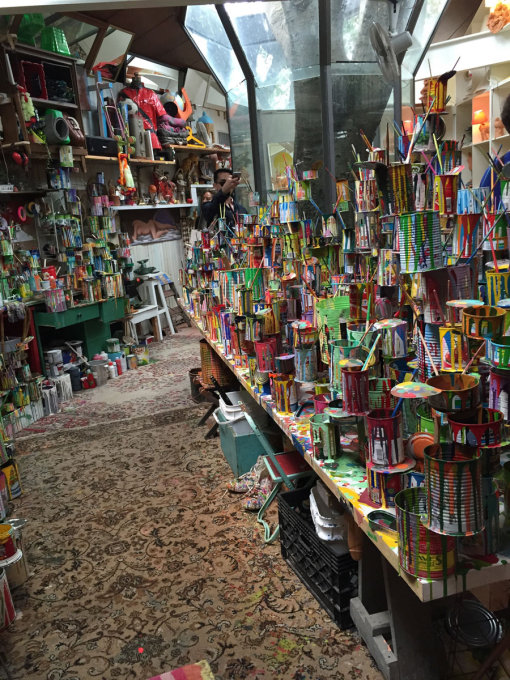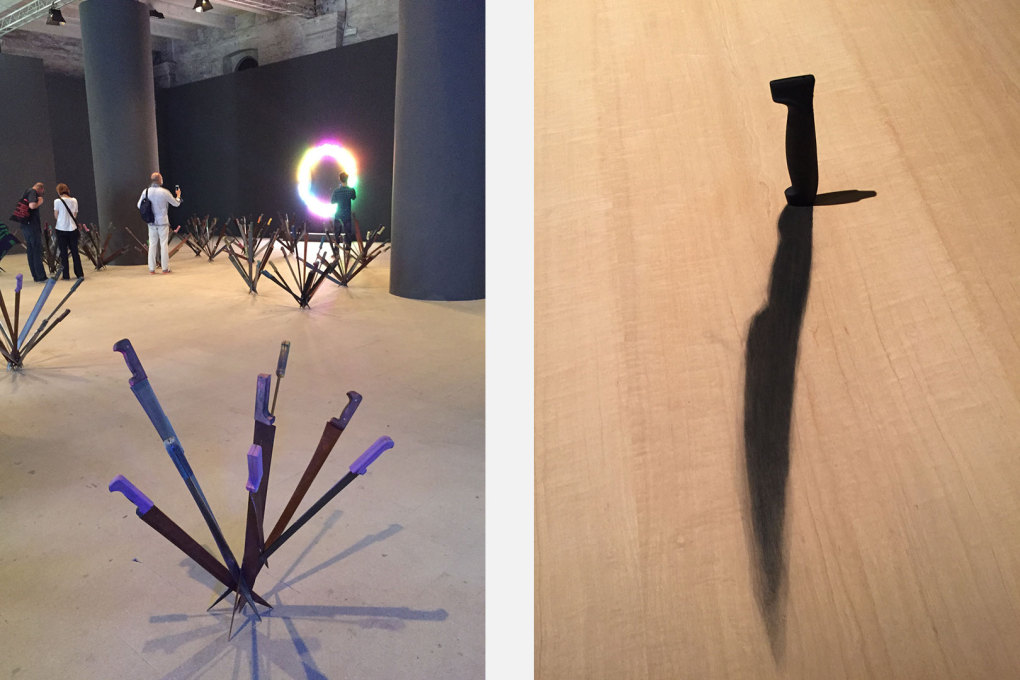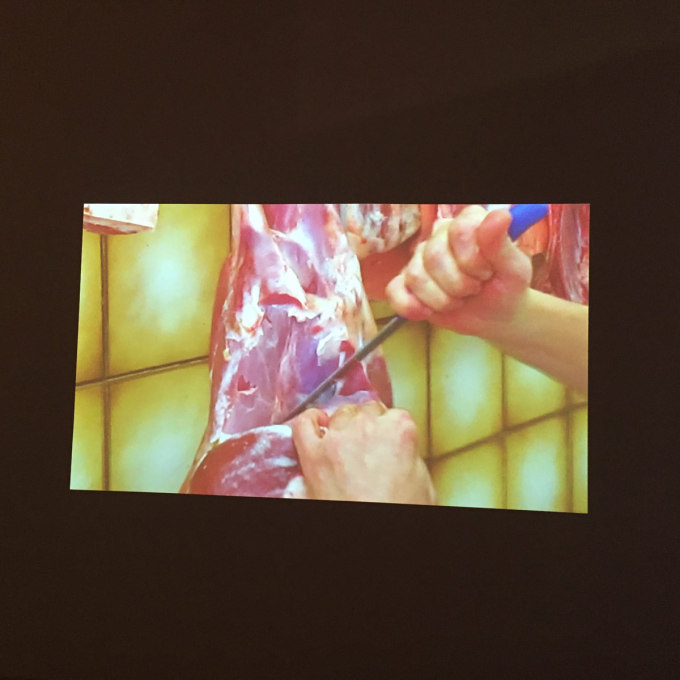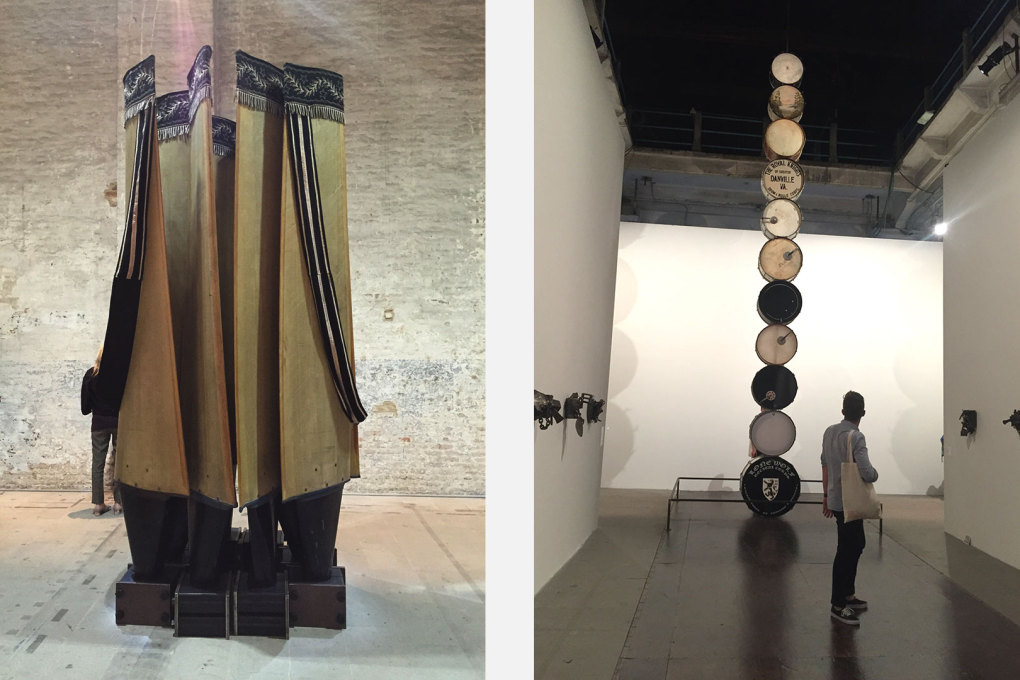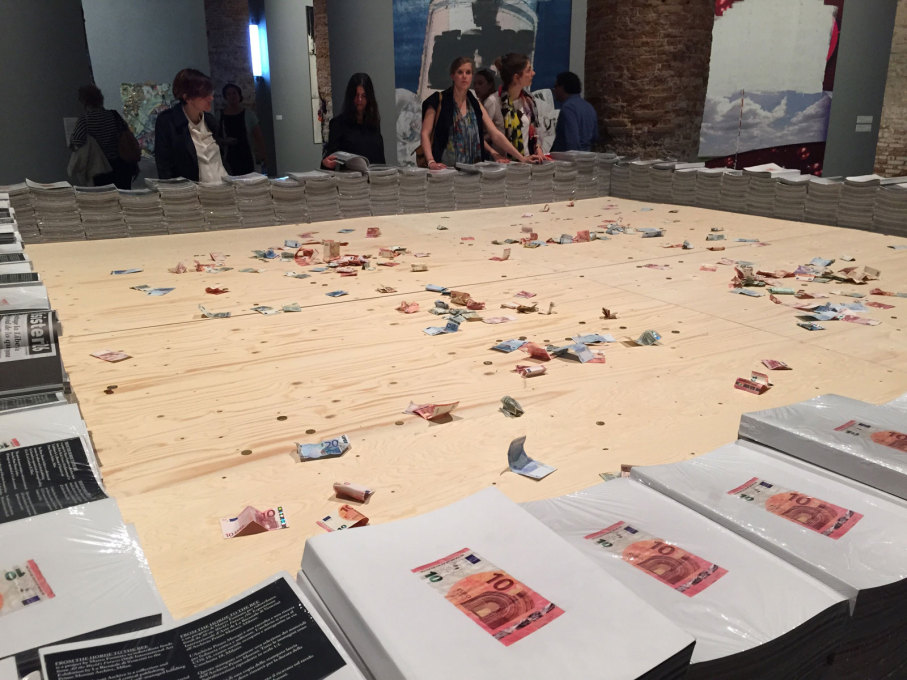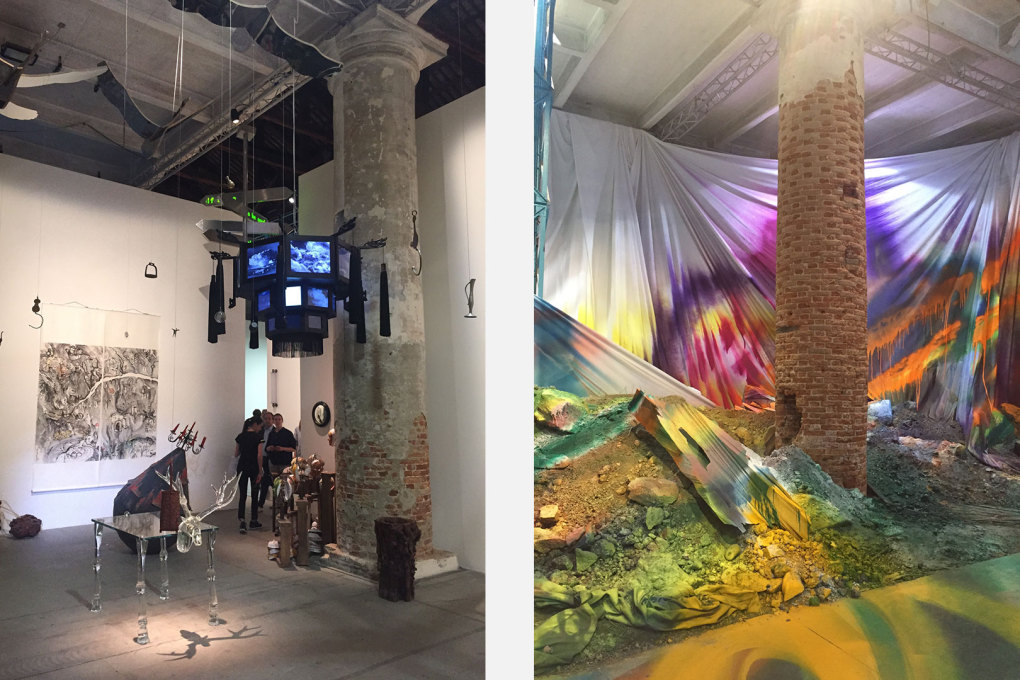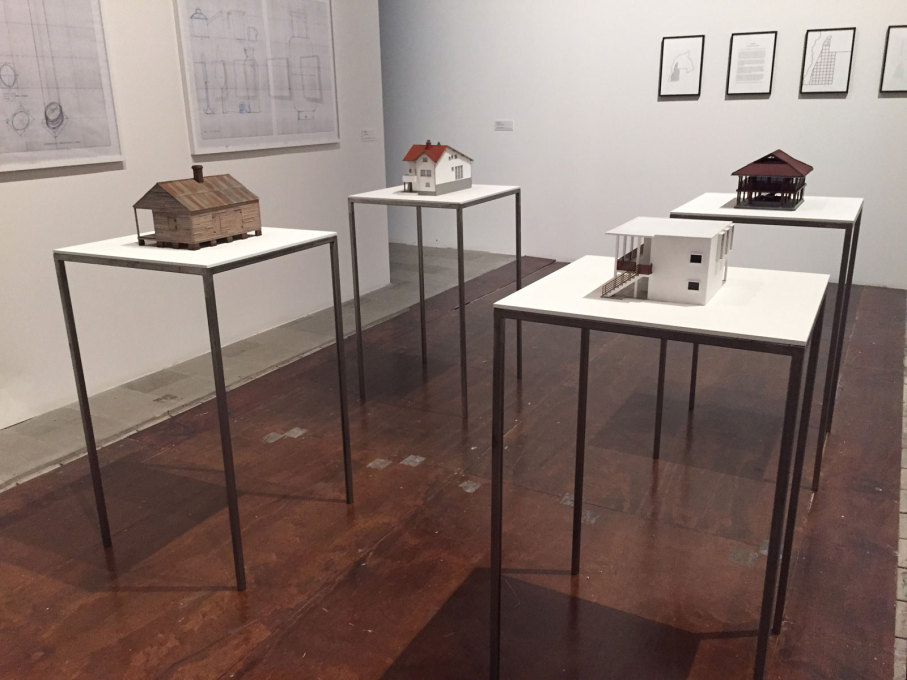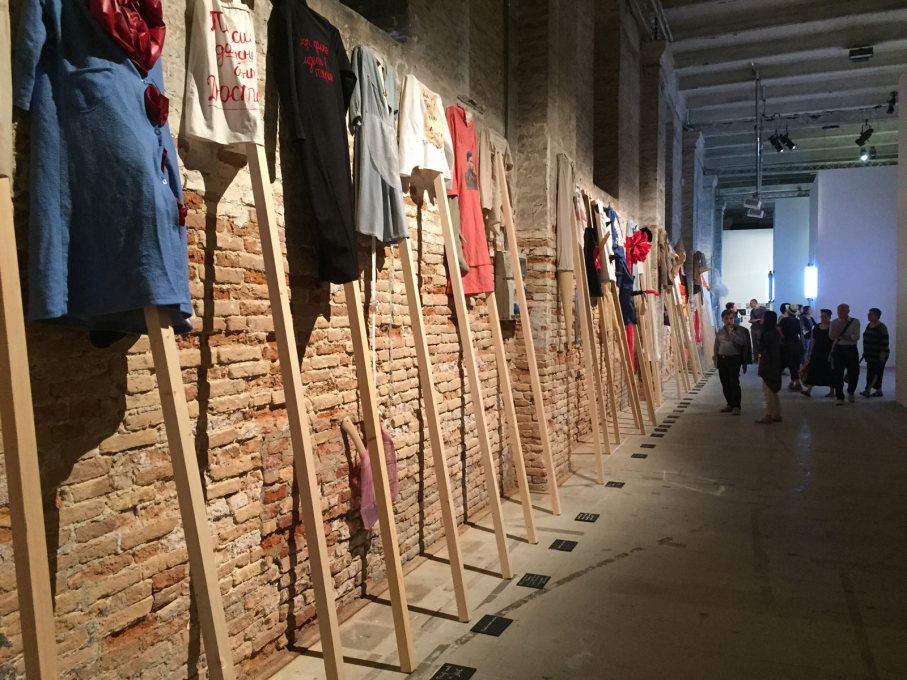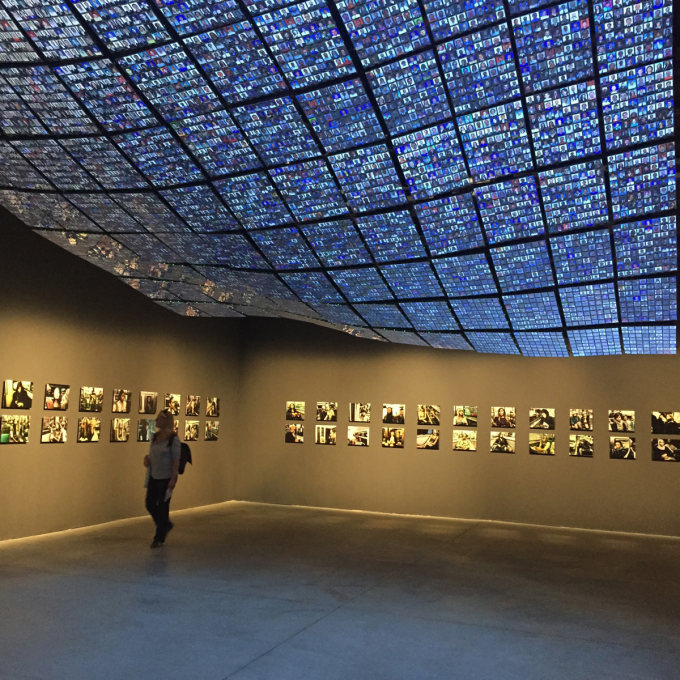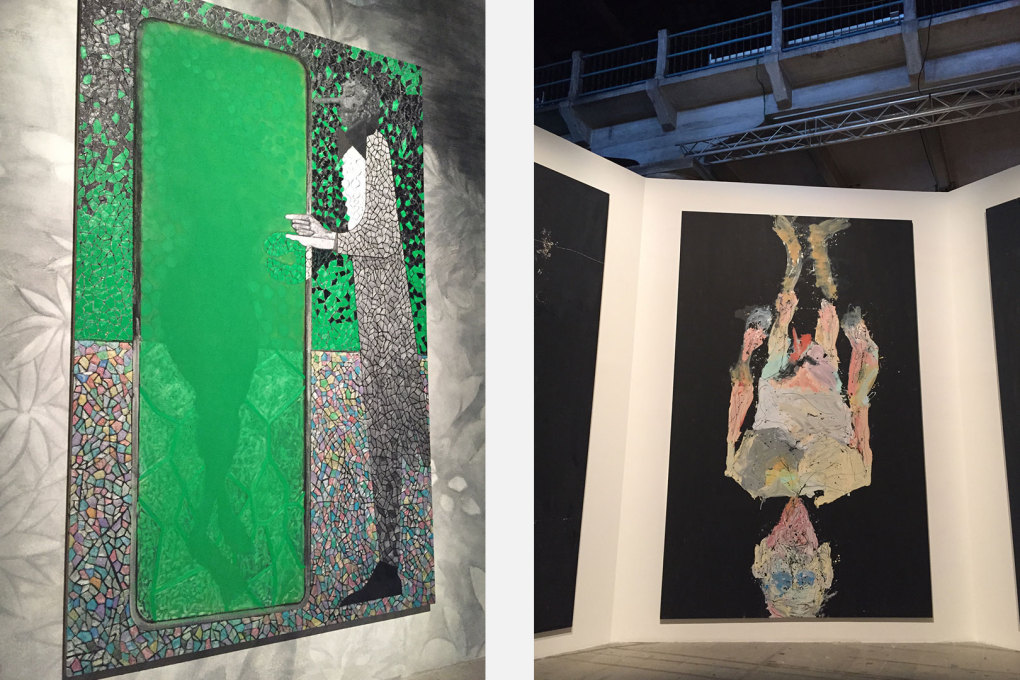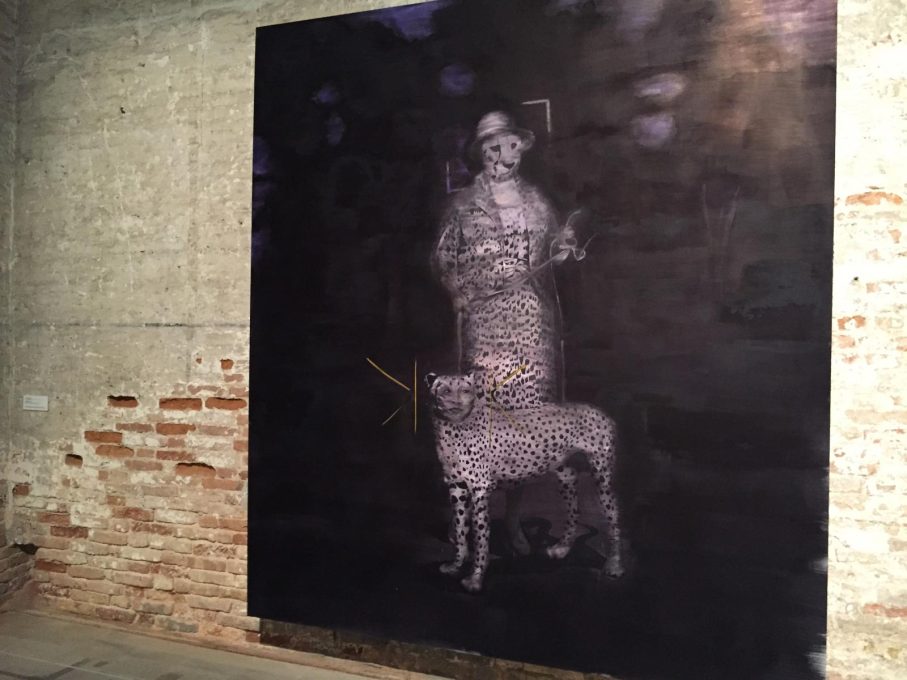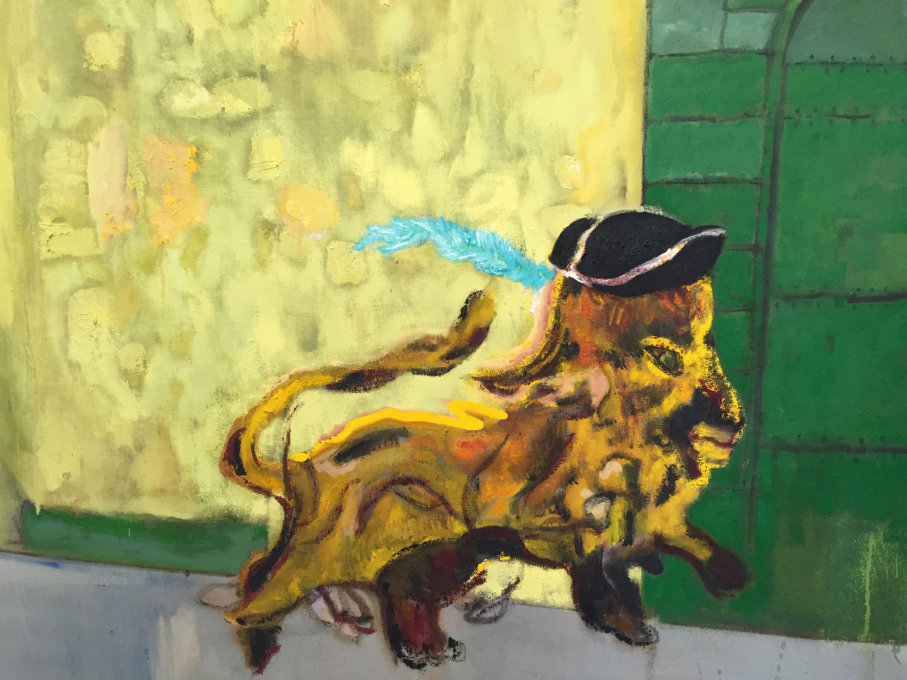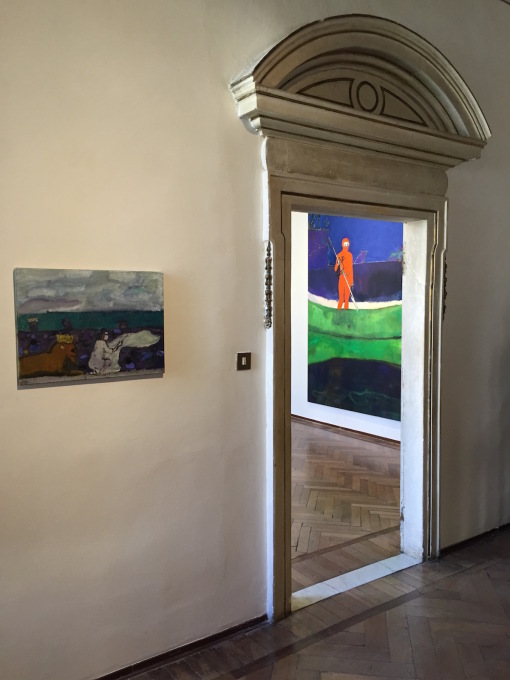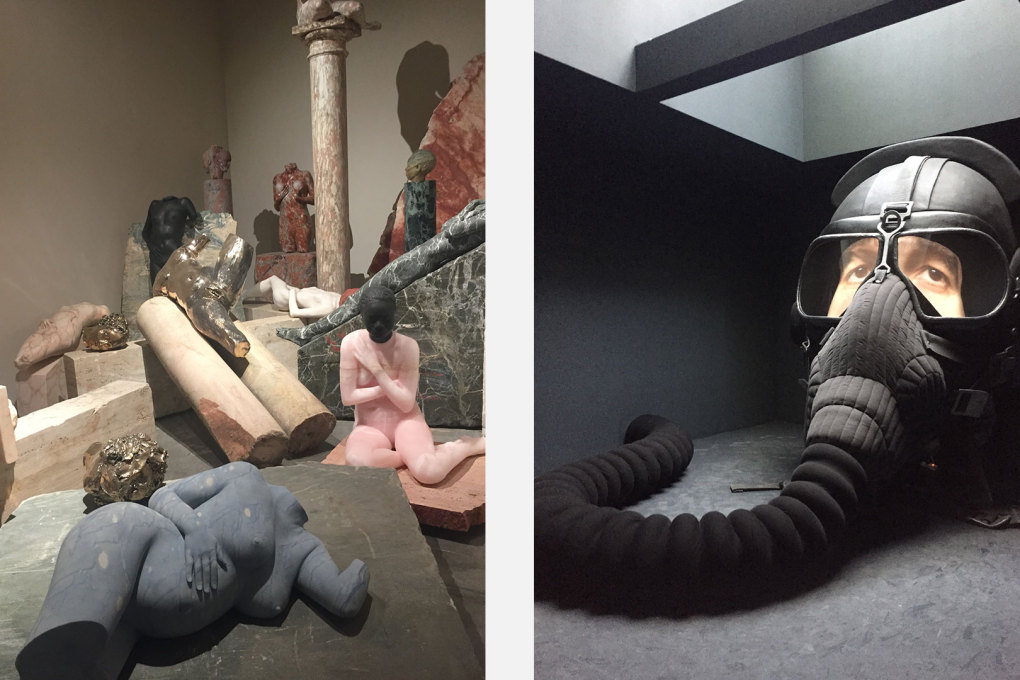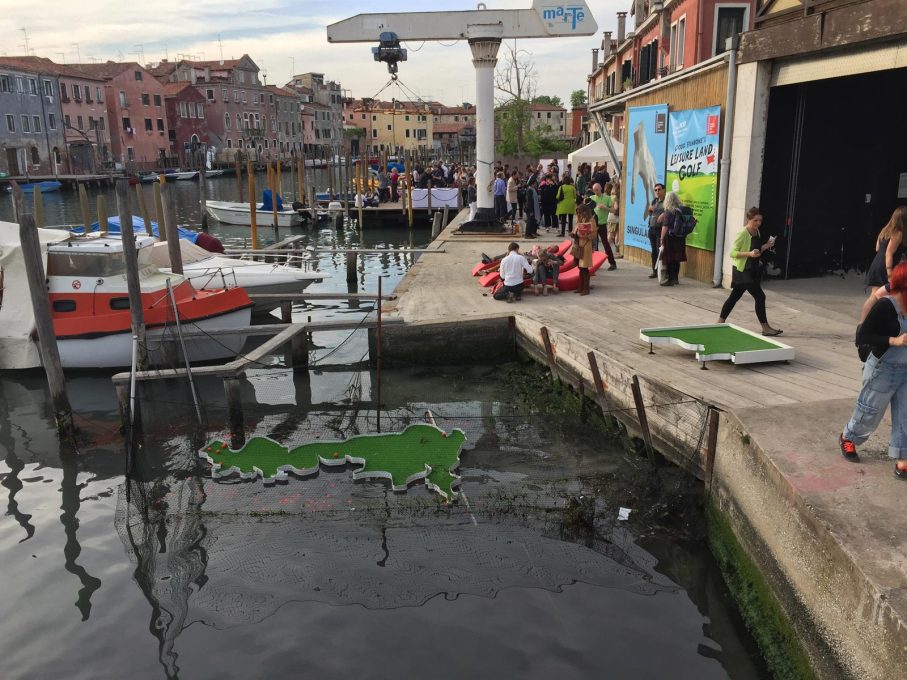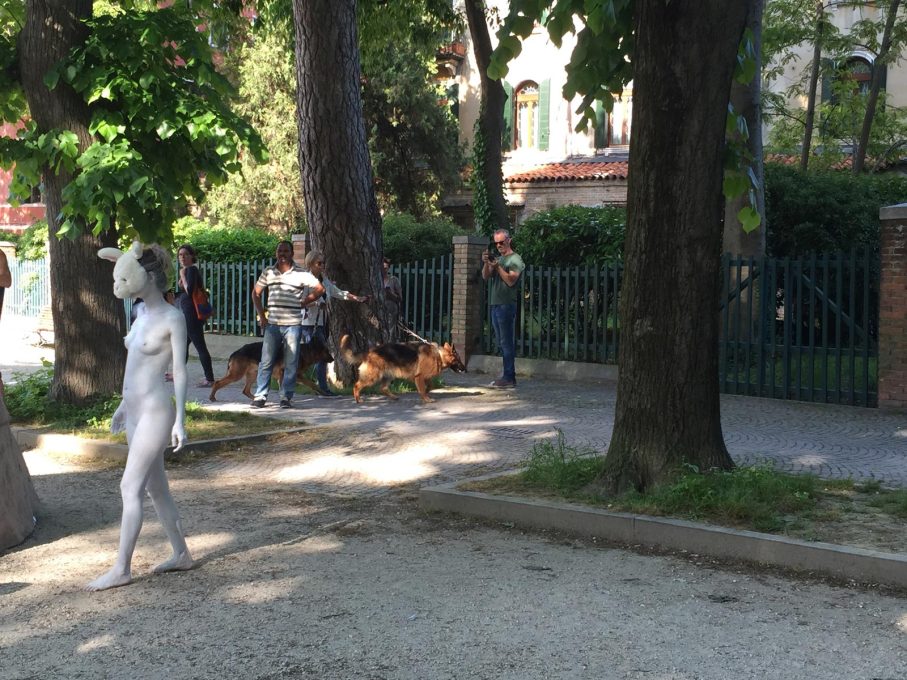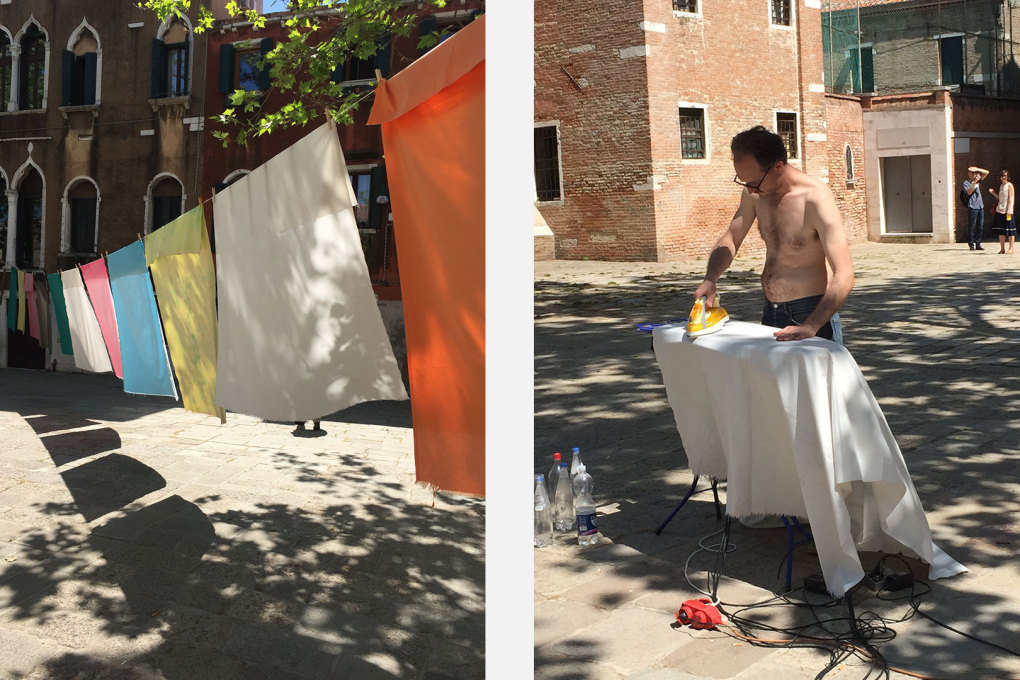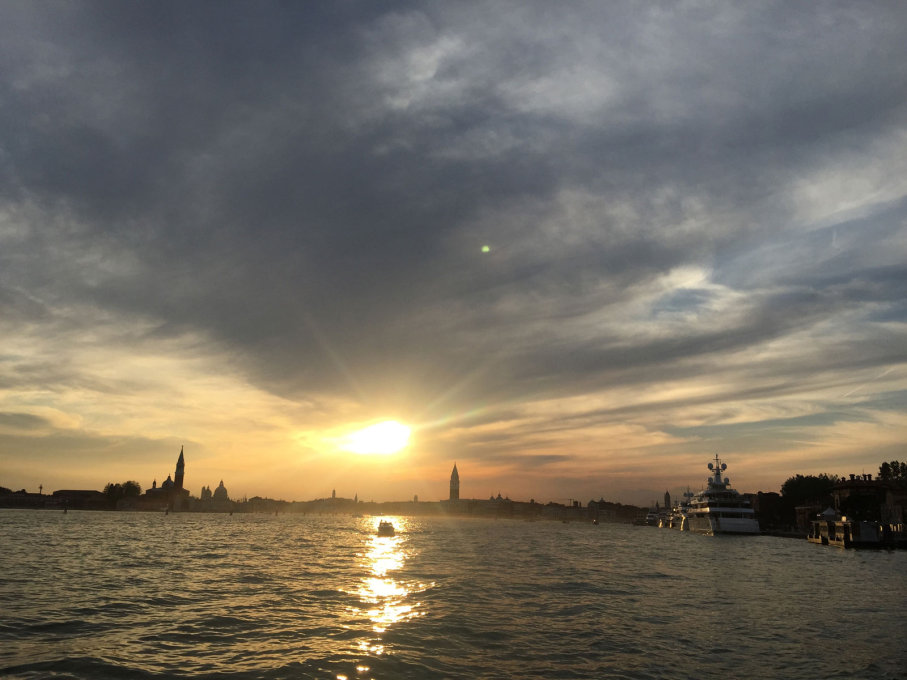This year’s edition of the biannual art jamboree in Venice goes a bit heavy-handed on the capitalist critique, exuding more than a whiff of hypocritical biting-the-hand-that-feeds amidst all the engorged yachts of mega-rich collectors at the opening. But in what is an uneven show, for Rob Wilson there are moments of real intensity.
While the Venice Art Biennale is, as always, a bit of a curate’s – or perhaps more aptly curator’s – egg, unusually this year the disparity is not between widely differing offerings in national pavilions, but between the two centrally curated elements in the Central Pavilion in the Giardini and the 400 metre long drag of the Cordiere Building in the Arsenale. These buildings act as the main two canvasses across which the fair’s director/curator – this year Okwui Enwezor – has to express or back up their curatorial stance.
Compared with Massimiliano Gioni’s The Encyclopedic Palace of two years ago – with its satisfyingly architectonic title to help conceptually structure it – Enwezor’s stance is not so immediately clear from his equally encompassing but slightly more anodyne title: All The World’s Futures, which he terms a “unified field of vision”, broken down and “informed by... three filters...through which to reflect on both the current state of things and the appearance of things”. His three “filters” or sections are: Garden of Disorder; Liveness: On Epic Duration and Reading Capital.
This explanation – as much curatorial obfustication as clarification – certainly doesn’t offer much traction for understanding the selection and arrangement of works in the Central Pavilion, which though often powerful in themselves, seemed to have wandered in from some generic museum display. Many are familiar blue-chip artists’ works, from Robert Smithson’s Dead Tree – literally sprawled across a space – to Marcel Broodhaers’ palm strewn faux-museum Jardin d’Hiver to a room-full of Marlene Dumas’ Skull series of paintings. As a whole, while 20th century history certainly hangs heavy in the air, it all feels strangely flaccid, lacking a sense of coherence as a show, although this perhaps is exaggerated by the comparison with memories of Rem Koolhaas’s über-didactic offering in the same building at the Architecture Biennale last year.
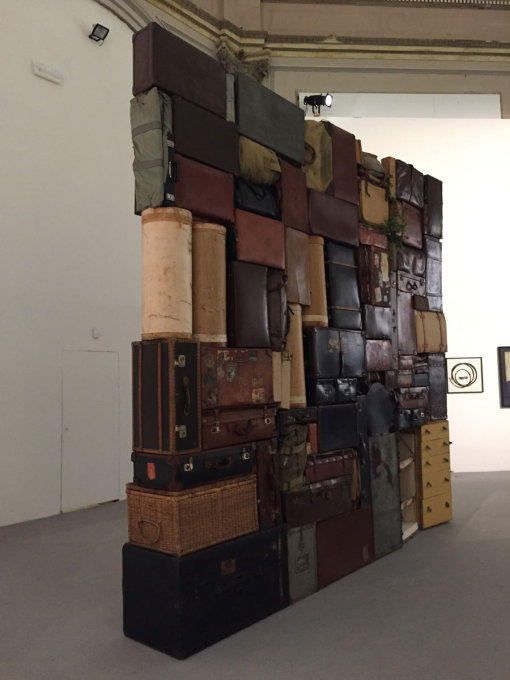
The one “filter” that does come sharply into focus is Reading Capital – literally enacted at the heart of the exhibition in Isaac Julien’s programmed series of performances, which includes a continuous reading of the whole of Karl Marx Das Kapital over the six months of the Biennale. This takes place in an auditorium designed by architect David Adjaye, placed centrally in the pavilion – a thickly curtained off space, perfectly tailored to its use. Yet its closed off presence at the pavilion’s centre, often lying fallow and empty between performances, disrupts the whole flow of the exhibition, underlining the sense of a lack of curatorial heart in the pavilion as a whole.
Julien’s clunkily explicit critique of capitalism is echoed in other works dealing with its political and social fall-out – or more specifically with that of the recent economic crisis – such as Rikrit Tiravanija’s Demonstration Drawings: scores of intricate pencil sketches of global protests; or the heavy-handed juxtaposion of two Andreas Gursky images: one the floor of the Chicago Stock Exchange and one of a Vietnamese furniture sweat-shop.
There are other more potent juxtapositions – Fabio Mauri’s photomural of Joseph Goebbels at the “Degenerate Art” exhibition at Munich’s Haus der Kunst in 1937, facing Adrian Piper’s blackboard with the repeated chalked sentence: Everything Will Be Taken Away; or Huma Bhabha’s totem-like wooden figures set against Emily Kame Kngwarreye’s glorious Earth’s Creation (1994), a large work which out-Monet’s late Monet.
But the most telling juxtaposition at the opening was ultimately that between all the default capitalist-bashing in so many politically-charged artworks and the surrounding jamboree of swollen collectors’ yachts, blue chip gallery parties and VVVIP dinners that fuel the art world today: a toothless biting of the hand that feeds.
In contrast to the disappointing Central Pavilion, the exhibition at the Arsenale provides a different level of intensity in a much more coherent and energy-infused display. Here, specific thematics aside, the mood was clearly dark, both figuratively and metaphorically.
Right from the beginning the knives were out – blooms of them stuck into the floor by artist Adel Absemmed beneath Bruce Nauman neons flashing Pain, Sex, Death – setting the edgy mood. Many other works also were indicative of a latent threat of violence: from the blackened chainsaw clusters of Monica Bonvicini to Pino Pascali’s large scrap-metal artillery gun, or a knife implanted with a painted shadow in a desk by Eduardo Basualdo.
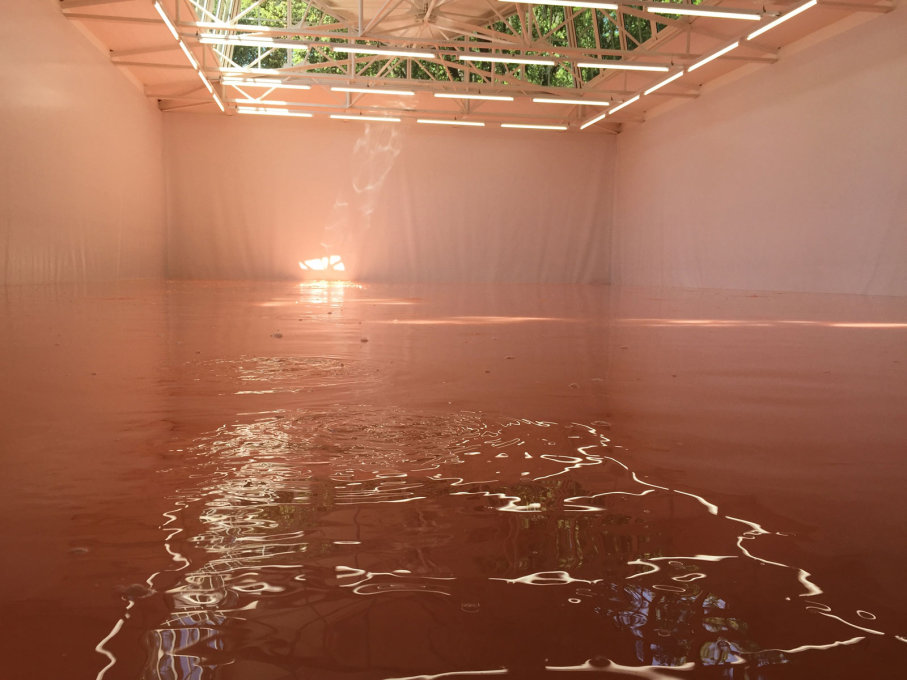
The Arsenale’s interior space is kept dim and dark too, with low background lighting and a clever choreography of sequences and spaces formed by the grey partitions, designed again by David Adjaye. This has the benefit of effectively tying in the rich range of video works on show – often needing darkened spaces – but here for once these serve to intensify rather than interrupt the flow and feel of the show. These works include Theaster Gates’ immersive Gone Are the Days of Shelter and Martyr set in a derelict Chicago church, and presented surrounded by relics from the building; while Mika Rottenberg’s funny, disturbing semi-fairy tale NoNoseKnows, tells of pearl cultivation and a woman with a Pinnochio nose, sneezing plates of food (don’t ask). Most moving was Steve McQueen’s testament to the death of a young fisherman in Grenada, killed in the drugs trade, mesmeric both acoustically and visually as a mason gradually constructs his concrete tomb.
As with many of the video works, this foreground of people working with tools, or moving and shifting things, results in an intense feeling of animation in the exhibition as a whole.
Those few painters Enwezur includes show mostly full length figurative works – with the work of many big names seen afresh in the context: from Georg Baselitz’s classic upended figures, to Laura Simpson haunting human/animals, or the Klimt-like dazzle of Chris Ofili’s new works, stunningly displayed in another Adjaye-designed hexagonal space. The looming presence of these works hangs like that of powerful genies, ghosts and gods, silently watching the intensity of everyday action seen in so many of the other works.
With a high proportion of artists originating from Asia, Africa and Latin America, this is a Biennale that does for once bear witness to a global range of perspectives and practices: whether the graphics and comic stories of Karo Akpokiere from Lagos, the intricate drawings of military-industrial complex of Sierra Leonean Abu Bakarr Mansaray, or the constellation of objects of Chinese artist Qiu Zhijie. Conversely while a lot of work is dated 2015 – suggesting a bit too much knocking up to order for the Biennale – this also contributed a feeling of freshness and relevance to what so often feels like an ivory tower event, giving a sense of practices of making and of current affairs and protest that imbued the whole: from the banners of clothes by GLUKYA: Clothes for the Demonstration against false election of Vladimir Putin (2011-15) to Gulf Labor’s protest poster: Who is building the Guggenheim Abu Dhabi? (2015).
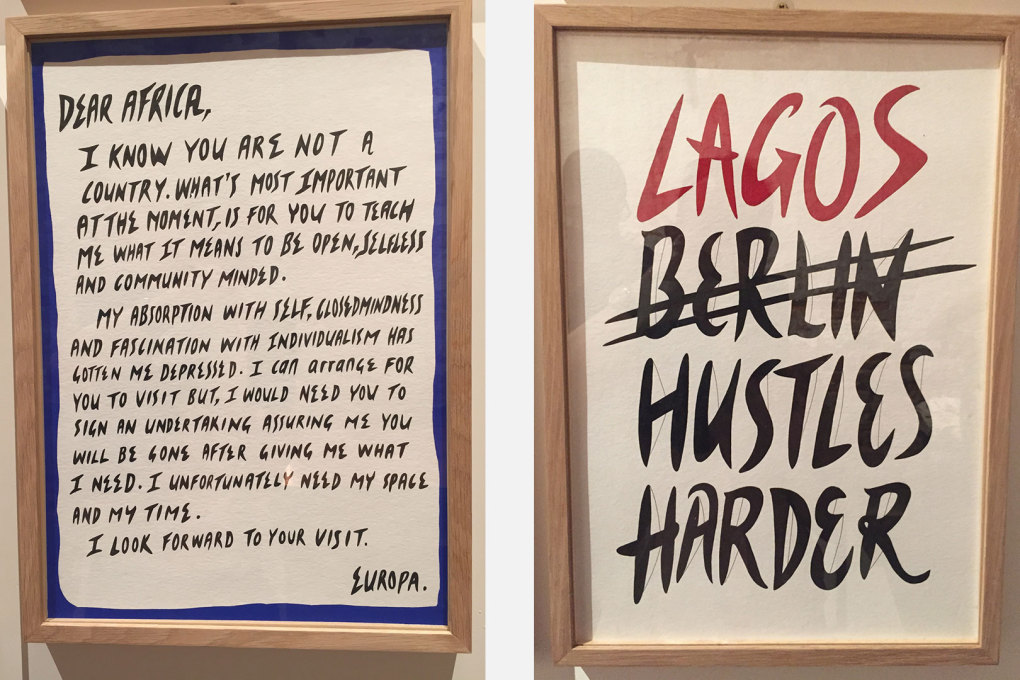
While there was not a particularly hopeful air to the whole, this is an exhibition that celebrates and feels very connected with lives lived, of the mess of the everyday, convincingly fleshing out the meaning of Enwezor’s two other filters, Garden of Disorder and Liveness: On Epic Duration.
With recent Art Biennales very heavy with the representation of architecture, it was refreshingly absent this time, appearing mainly in politically-resonant works such as Ala Younis’ Plan for Greater Baghdad, focused on Le Corbusier’s plans for an Olympic city there in the 1950s, or Nidhal Chamekh’s The Anti-Clock Project drawings of the toppling of political monuments. As a result it was more the actual architecture of the city itself that provided a strong backdrop for work – often again dripping with politics. This ranged from the slightly obvious commentary of the Icelandic Pavilion, this year occupying the Church of the Church of Santa Maria della Misericordia, which Swiss artist Christophe Büchel transformed into a mosque – the first in Venice for local Muslims (and currently closed in a dispute over its status as either an artwork or a place of worship), to the Golden Lion-awarded Armenian Pavilion’s tribute to the Armenian diaspora on the 100th anniversary of the Armenian genocide, set in the Mekhitarist Monastery on San Lazzaro, an island monastery founded by an Armenian monk. Elsewhere, there were other less loaded but felicitous combinations of art and architecture, such as Peter Doig’s stunning vaguely Goya-esque, lion and sea-fused paintings, chiming perfectly with the canalside architectural setting of the Palazzetto Tito.
Meanwhile, the one piece of real new architecture, the recently completed Australian Pavilion by Denton Corker Marshall, whilst providing a much more useable space inside than the old, has a black minimalist box exterior that is bound to date very quickly.
Overall the heart of the Biennale, centred on the memorable display at the Arsenale, perfectly chimes with the sentiment “The World is a Mess” (a phrase borrowed from Madeleine Albright), which is also the title of a Dada-themed series of talks at Salon Swiss, a collateral Biennale event across town. This perhaps should have been the title for the whole Biennale: for though – as much of the work on view shows – it is a seriously tragic and worrying mess, it a fascinating and often beautiful one too.
– Rob Wilson.
All the World’s Futures
The 56th International Art Exhibition
La Biennale di Venezia
Until November 22, 2015
The Icelandic Pavilion: mosque.is
The Armenian Pavilion: armenity.net
Salon Suisse: S.O.S Dada – The World Is A Mess




